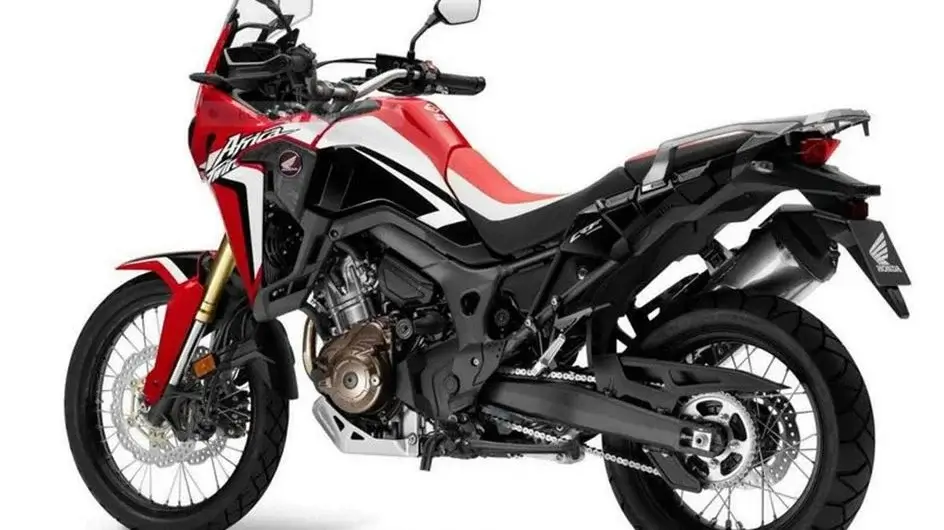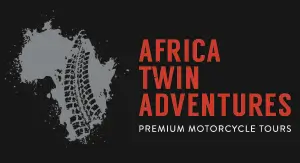
First of all I think its important to establish a point of reference for my opinions, as all riders come from differing riding backgrounds with different expectations for a particular bike. While not being brand loyal to the point of excluding any brand, as I believe they each have their strengths and particular place in the market (I own and ride Yamahas, Hondas and KTMs) most of my adventure riding over the last 13 years has been on a KTM 990.
When deciding to start an adventure touring business, the first obvious consideration is which motorcycle to use. After many long discussions, and nearly as many beers with my riding mates, it eventually looked as though the new Africa Twin would tick more boxes than anything else currently on the market. Obviously being a new model there would still be unanswered questions about reliability etc, but I decided to take a gamble on the fact that Honda in general is known as a quality brand. Price was obviously also a consideration and I think Honda got it right to release 3 different models of essentially the same bike. If you don’t want all the features available you buy the cheaper model, without having to spend money to disable ABS and traction control as with some other brands.
Having been fortunate enough to take delivery of five Africa twins in the first consignment to arrive in South Africa in April this year, I set about the “task” of running the new bikes in.
First impressions when collecting the bikes was that the images in the media do not do the Africa Twin justice, and it is a much better looking motorcycle in the flesh. All the models are well finished and nothing catches the eye as being cheap or out of place. All the controls are simple (with exception of the automatic model which takes a bit of getting used to) and the dash is clear and informative. Pressing the integrated kill switch and starter button brings the motor to life with a deep but pleasant exhaust note.
Climbing onto the bike and riding out of the showroom, the first thing that strikes me is the relatively low seat height (871mm on its highest of two settings, compared to 915mm of my KTM 990) and its manoeuvrability at low speeds. Being able to have your feet on the ground and an extremely small turning circle make it a pleasure to park.
Onto the highway and the smoothness of the engine and gear box as well as the good wind protection soon have you underestimating your speed. The stock exhaust system manages a nice balance between not being loud enough to annoy your neighbours while still being loud enough for the rider to hear at any speed through all the gears. Another nice surprise was the stability of the bike at speed, as well as the excellent brakes. Granted I was still on the asphalt, and the stock tires are quite road biased, but I couldn’t help thinking this would be an excellent commuter.
The following morning I couldn’t wait to get the stock rubbers off the footrests and hit a dirt road to test the bike on something a little more challenging. Once again still on the stock tyres, but they are more than adequate for dirt roads, and the 12km stretch to our farm is in good condition. Having ridden this road regularly it was also a good stretch to test the motorcycle. Again the stability of the bike really impressed me, and it felt really planted at speeds over 160kph, which is where things usually start getting a bit sketchy. While stability at speed is obviously a result of a number of factors, I feel the low centre of gravity achieved on this model by Honda is probably the most important. Another nice surprise is the way the small windscreen performs. While not intended to stop all the wind, the design ensures no buffeting, which is something that can really tire you out on a long trip.
The next day I took the motorcycle up into the mountains to see how it would perform on some single tracks, and again the manoeuvrability had me smiling. Low seat, small turning circle and loads of torque make slow riding a pleasure, with the suspension handling the few ditches I needed to cross with ease. While not being a small bike intended for the tight stuff, the handling does give you the confidence that if you do end up in a technical section on an adventure ride you will be glad you chose this bike. One or two short sandy sections later and again the stability had me smiling. Not an exhaustive off road test by any means, but I was more than happy with things so far, and I would anyway choose to fit more off road biased tyres to properly test the bikes capabilities.
Back on the asphalt, and my problem was to get 5 bikes run in before their first service. Surprise surprise, four of my usually busy riding mates suddenly found some free time to help me! While enjoying the company, this also gave me the opportunity to hear other opinions about the bike. My mates are all experienced adventure riders currently riding a mix of different models of bikes, so I was interested in hearing their unbiased opinions on the Africa Twin. All the feedback was positive, with the smoothness and how easy the bike is to ride probably being the most repeated comment.
Surely there must be some negatives? Well yes, the lack of a centre stand as standard (think fixing punctures in the middle of nowhere) is in my opinion an oversight, and you will have to pack your own tool kit, as the one supplied is silly. Other than that, it really is difficult to find faults on the Africa twin.
When getting off one bike onto another, it usually takes me a while to get completely comfortable with the changed ergonomics, power delivery etc, but I can truly say after only a few days on the Africa Twin I was completely at home. The proof of this is when I now walk into my garage to choose a bike to ride, whether it be for a long adventure ride or just down to the shop, the Africa Twin is the one I usually choose.

